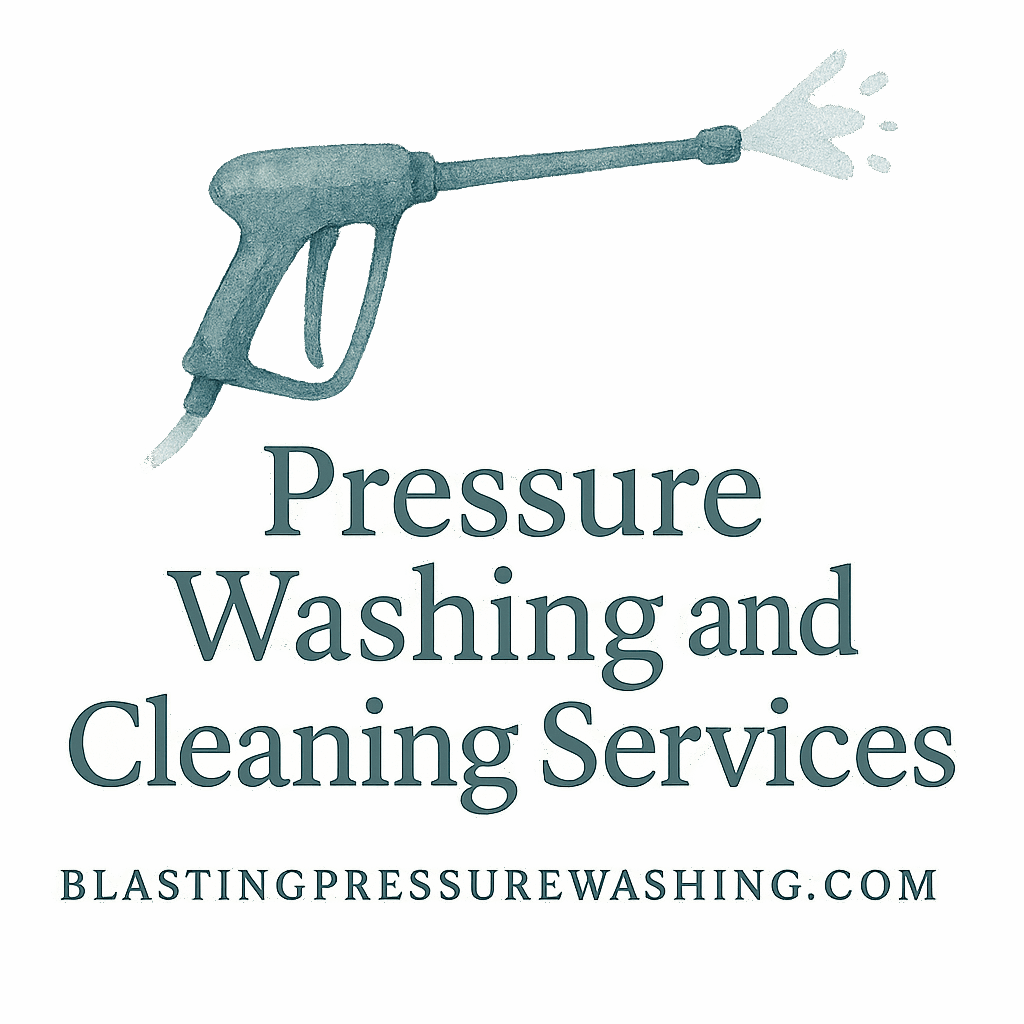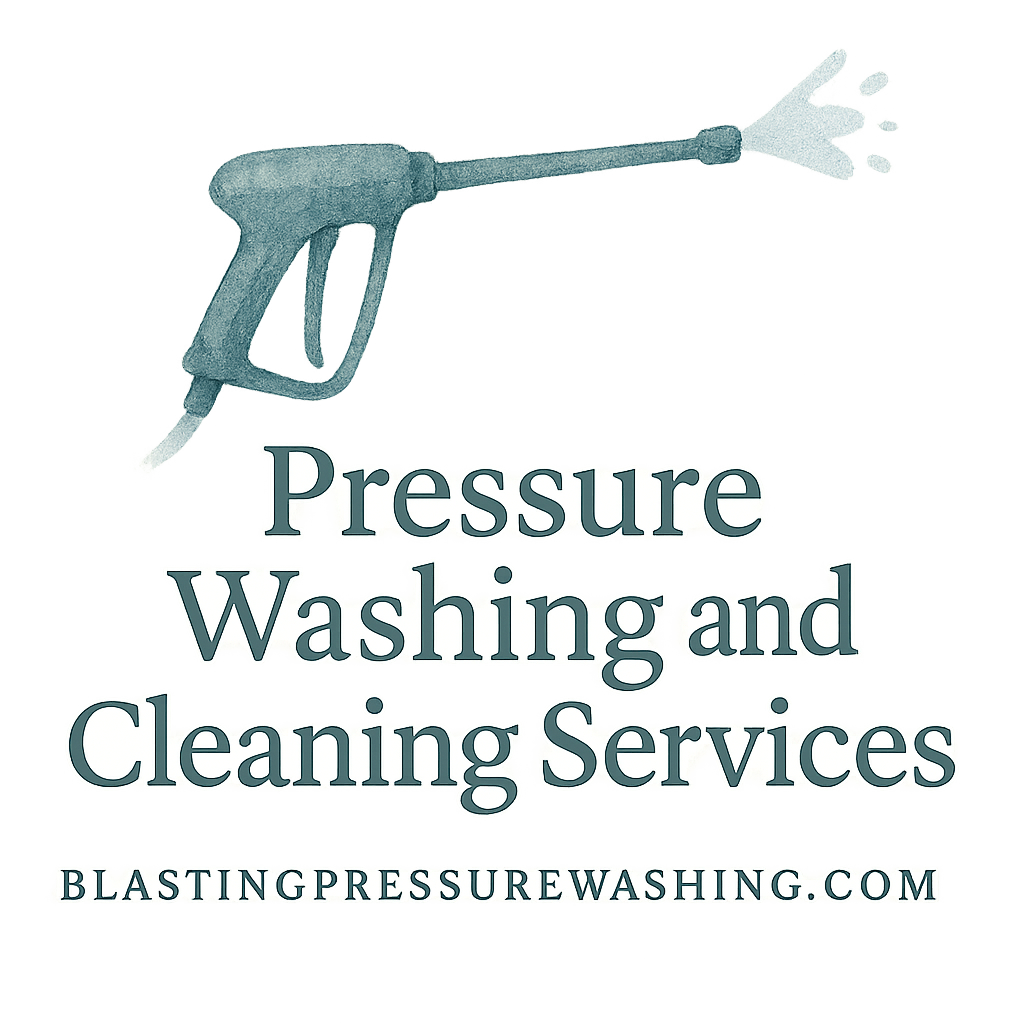Introduction
Ever wonder what makes a pressure washer so effective beyond just high-pressure water? The secret sauce often lies in the chemicals you use. Whether you’re blasting away mold from siding or stripping grease off a driveway, using the right pressure washing chemicals can take your cleaning game to the next level.
In this article, we’re going to dive deep into eight powerful chemicals used in pressure washing, what they do, when to use them, and even some eco-friendly alternatives. By the end, you’ll have a complete understanding of what to use and how to use it — without turning your cleaning job into a chemistry experiment gone wrong.
1. Sodium Hypochlorite (Bleach)
What It Is
Sodium Hypochlorite is the active ingredient in household bleach. It’s a powerful oxidizer that’s especially great at breaking down organic material.
How It Works in Pressure Washing
When diluted properly, bleach acts as a disinfectant and mold killer. In pressure washing, it’s commonly mixed with surfactants to help it stick to surfaces longer.
Best Use Cases
- Killing mold and mildew on siding
- Disinfecting patios and decks
- Removing algae from roofs
Pro tip: Always rinse thoroughly and never use on metals without proper dilution to avoid corrosion.
Learn more about safe pressure washing practices here.
2. Sodium Hydroxide (Caustic Soda)
What It Is
This is a strong base used in many degreasers. It breaks down oils and fats easily, making it a go-to for industrial cleaning.
How It Works in Pressure Washing
Sodium Hydroxide dissolves grime and grease like magic. It’s often part of the formulation in commercial degreasers used with hot water.
Best Use Cases
- Degreasing engine parts
- Cleaning concrete and sidewalks
- Preparing surfaces for repainting
Note: Handle with extreme caution and wear protective gear.
Check out more commercial pressure washing techniques here.
3. Ammonia
What It Is
A common household cleaner, ammonia is known for its strong scent and powerful ability to clean glass and stainless steel.
How It Works in Pressure Washing
It helps in lifting tough stains and is non-abrasive, making it a good choice for delicate surfaces when used correctly.
Best Use Cases
- Glass windows and doors
- Stainless steel fixtures
- Painted surfaces (light duty)
Never mix ammonia with bleach — the reaction produces toxic chloramine vapors!
4. Citric Acid
What It Is
Citric acid is a natural cleaner derived from citrus fruits. It’s less harsh but still effective in removing buildup and rust.
How It Works in Pressure Washing
This acid breaks down calcium deposits and mineral stains, making it perfect for residential settings.
Best Use Cases
- Rust removal from patios and bricks
- Stain removal from vinyl siding
- Safe cleaning on wood decks
Need help choosing the right cleaner for your home? Visit our residential pressure washing guide.
5. Oxalic Acid
What It Is
Used in wood bleaching and metal polishing, oxalic acid is a powerful agent for removing organic and rust-based stains.
How It Works in Pressure Washing
It reacts with iron oxide (rust) to dissolve and remove it from surfaces.
Best Use Cases
- Brightening wood decks
- Cleaning rust stains from concrete
- Restoring old furniture
Explore the benefits in our cleaning agents tag section.
6. Potassium Hydroxide
What It Is
Similar to sodium hydroxide but often used in liquid soap manufacturing and softer on some surfaces.
How It Works in Pressure Washing
Used to saponify oils, making it ideal for soft surface grease removal.
Best Use Cases
- Grease-stained driveways
- Garage floors
- Commercial kitchen exteriors
Handle carefully — it’s still highly caustic!
7. Sodium Metasilicate
What It Is
This is an alkaline cleaner booster. It helps amplify the effectiveness of other cleaning agents, especially on greasy and carbonized surfaces.
How It Works in Pressure Washing
Enhances cleaning on industrial jobs when mixed with surfactants or degreasers.
Best Use Cases
- Factory floors
- Heavy machinery
- Warehouse walls
Want to go deeper? See our article on tools and techniques.

8. Butyl Cellosolve (Glycol Ether)
What It Is
A powerful solvent commonly used in industrial degreasers. It breaks down oil-based stains and carbon grime.
How It Works in Pressure Washing
Butyl cellosolve penetrates grease and grime on a microscopic level, making it a heavy-duty favorite.
Best Use Cases
- Parking lot oil stains
- Fuel station cleaning
- Drive-thru grease removal
Discover how to increase curb appeal with the right chemicals.
Eco-Friendly Alternatives to Traditional Chemicals
Are Green Cleaners Effective?
Yes, absolutely! Many biodegradable cleaners now rival traditional chemicals without harming your landscaping or pets.
Best Eco-Friendly Products on the Market
- Plant-based degreasers
- Biodegradable surfactants
- Enzyme-based mold removers
Check out our eco-friendly pressure washing tips.
Safety Tips When Using Pressure Washing Chemicals
- Always wear gloves, goggles, and long sleeves
- Mix chemicals outdoors or in well-ventilated areas
- Never mix ammonia with bleach — it’s toxic
- Store all chemicals securely, away from kids and pets
For more, browse our tag: safety.
How to Choose the Right Chemical for Your Project
Choosing the right chemical depends on:
- Surface type (wood, concrete, vinyl)
- The nature of the stain (grease, mold, rust)
- Environmental considerations
- Whether you’re cleaning a residential or commercial property
Need help? Check out our full range of seasonal pressure washing tips to match your product to the season!
Conclusion
Using the right pressure washing chemicals isn’t just about better results — it’s about doing the job efficiently, safely, and sustainably. Whether you’re scrubbing down the driveway or restoring your business façade, these eight chemicals can make a massive difference. Pair them with the correct techniques, and you’ll clean smarter, not harder.
And if you’re not confident handling these yourself, don’t risk it. Let the pros at Blasting Pressure Washing handle it for you — safe, effective, and always tailored to your needs.
FAQs
1. Can I mix pressure washing chemicals myself?
Yes, but only if you’re confident about the dilution ratios. Always follow manufacturer guidelines and avoid dangerous combinations like ammonia and bleach.
2. Are pressure washing chemicals harmful to plants?
Some are. Always cover nearby vegetation or opt for eco-friendly alternatives to avoid harm.
3. How long do I leave chemicals on the surface before rinsing?
Typically 5–10 minutes. Never let it dry on the surface — that can cause staining or damage.
4. Do I need hot water when using degreasers like sodium hydroxide?
Yes! Hot water enhances the breakdown of oils and fats, making your job easier.
5. Are biodegradable cleaners as effective as traditional ones?
They’ve come a long way and can now handle most residential tasks just as well — without the toxic aftermath.
6. Can I use bleach on wooden surfaces?
Use with extreme caution. It can strip color and weaken fibers if not properly diluted.
7. Is it worth hiring professionals for chemical pressure washing?
Absolutely — especially for commercial jobs or delicate surfaces. You’ll save time, avoid damage, and get a spotless result.


